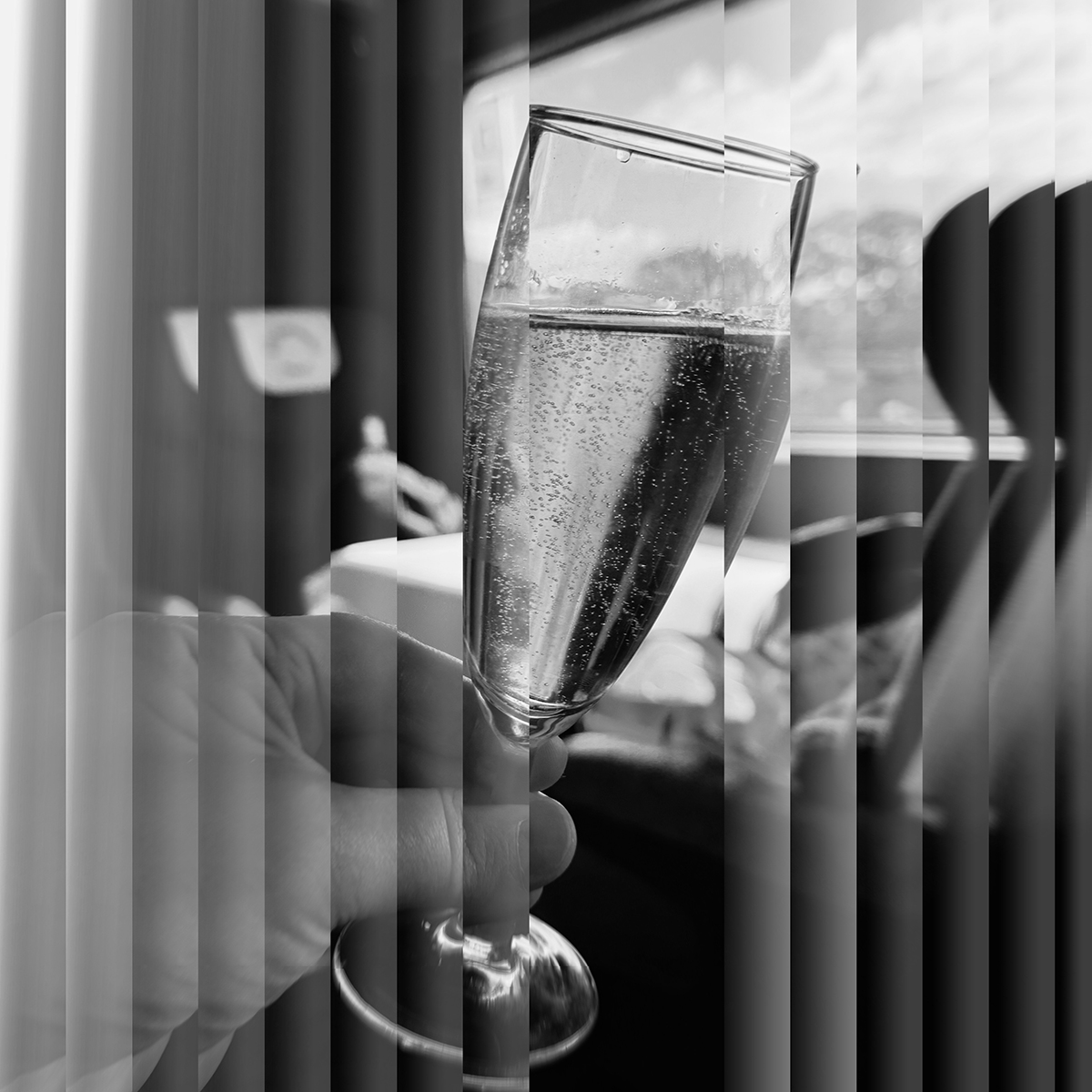Che confusione, sarà perché ti amo
Let me interrupt your day with a simple question: “Why does Italy’s wine-growing past matter to its present?”.
Easy: our history matters, because it made us who we are. Therefore: Italy’s wine growing-past has influenced the Italian wines of today. Done.
Well, yes, but there is so much more to this, than simply looking-back-to-look-forward (otherwise there would be an awful lot of historians wandering the streets aimlessly).
Let’s look at one of Italy’s worst kept secrets when it comes to putting carbon dioxide into our glasses: Prosecco.
Unfortunately, often overlooked as being an inexpensive sweeter alternative to the French Rockstar of the Bubbles Champagne, Prosecco is often relegated to being served as a sweet, cheap and cheerful alternative. Newsflash: You can get Extra Brut to Demi-Sec Prosecco, with Brut being the most common style, so do not confuse sweetness with fruitiness! This plucky sparkling wine really has a story to tell!
Grape vines have been growing in the hills of Conegliano Valdobbiadene since ancient times, and for good reasons. Here, the white grape variety Glera, previously known as Prosecco, (more on that in a moment), thrives. Well, actually, you’ll be hard pressed to find this green apple, white peach, honey, and floral grape anywhere outside the Prosecco DOC (= Denominazione di Origine Controllata) region to be honest, but nothing stops winegrowers from following their dreams, amirite?

In the 6th Century, the Bishop of Poitiers, San Venanzio Fortunato (530-607) tells of Valdobbiadene as “an area where vines bud below the high mountains, and in which the lush greenery protects the more barren zones”. Fast-forward a few years to 1754, and the first written mention of Prosecco is put down by Aureliano Acanti in his “Il Roccolo, Ditirambo”. The year 1946 sees the Brotherhood of Prosecco being founded, and in 2009, Conegliano Valdobbiadene became Italy’s 44th DOCG (= Denominazione di Origine Controllata e Garantita).
This brings me to the name change. When the Conegliano Valdobbiadene Prosecco region was promoted to full DOCG status, the grape name was changed to ensure Italy’s geographically protected wine could be safeguarded, meaning that if you see the letters DOCG on the label, your bubbles come from the Conegliano Valdobbiadene Prosecco region. It’s the real deal.
By now you might be wondering why I am telling you all this, or what this has to do with Italy’s wine growing past and present.
So, let’s say you pop the cork on a 2023 bottle of an Extra Dry Prosecco, Conegliano Valdobbiadene DOCG. You are now about to drink something that has been inspired by Italy’s past, the region’s history, informed by decades of winegrowing heritage, winemaking processes, and knowledge that has been passed down from one generation of vignaioli to the next.
You might simply be here for the freshness of the wine, the floral and fruity expressions of ripe peaches, citrus and apple notes of the grapes, or the audible fizz and creamy mousse (I’m not blaming anyone here) but regardless of your intentions, there is history and heritage in the glass.
Today’s Italian wine reflects the past as much as it stands for the present. The country’s DOC and DOCG regulations protect both consumers as well as producers from fraudulent abuse and misuse of an ancient and rich wine-growing past, to make some quick coins.
Those regulations are a guiding principle, steeped in historical craft, filled with modern knowledge, here to shine a light onto a country’s present wine industry.
Italy’s wine growing-past has influenced the Italian wines of today. And, let’s be honest, we should all listen to the past sometimes. How are we going to learn otherwise?
The climate is changing, the earth is warming up, and with rising temperature the future of wines and vine growing regions are in flux. The liquids in the bottles we enjoy today will eventually cease to exist. The same way the wines of the ancient times have changed into the wines of today. What remains is the knowledge, the passion, the history and love to make the best wines the land can give.
This is the beauty of seasonally driven wines – they are different from year to year, but the historical grasp on making, which the growers, the producers, and the consumers (hopefully) possess can enhance the overall experience enjoying the wines.
So, let me interrupt your day with the question “Why does Italy’s wine-growing past matter to its present?” once more, and offer the following answer: Wine was. Wine is. Wine will be.
Salute!
xx

Leave a Reply